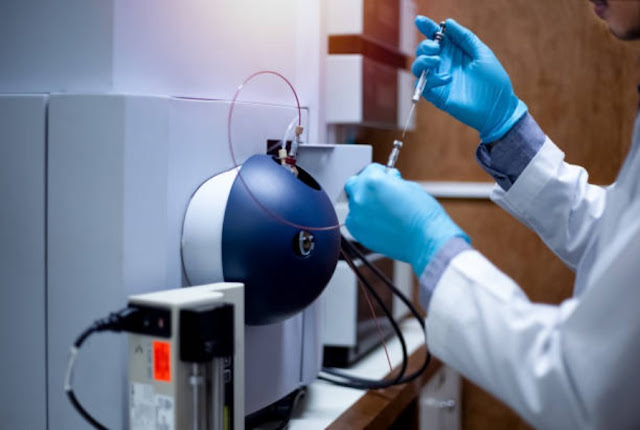Italy's Battle Against COVID-19

Amidst the global turmoil caused by the COVID-19 pandemic,
Italy faced one of its most challenging periods. As the virus spread across the
country, Rome, the eternal city, was at the epicenter of the crisis. This
article delves into Italy and Rome's measures to combat the virus, highlighting
their resilience and eventual success in containing the pandemic. Drawing on
information from reputable sources such as Jewkes and Reuters, we explore the
key strategies, challenges, and lessons from Italy's fight against COVID-19.
I. The Early Stages: The Emergence of COVID-19 in Rome
The first cases of COVID-19 in Italy were reported in the
Lombardy region, but it quickly spread to other parts of the country, including
Rome. The historic city, known for its bustling tourism and vibrant culture,
faced a daunting challenge as it had to balance public health concerns with the
economic impact of lockdown measures. Jewkes and Reuters report that Rome's healthcare
system initially struggled to cope with the patient surge, leading to
overwhelming pressure on hospitals and healthcare professionals.
II. Swift Action: Italy's Nationwide Response
Recognizing the severity of the situation, Italy implemented
strict nationwide measures to curb the spread of the virus. These included
lockdowns, travel restrictions, and the closure of non-essential businesses. As
the capital, Rome played a crucial role in enforcing these measures. Reuters
reports that the Italian government's decision to implement a nationwide
lockdown was met with mixed reactions, bringing both relief and anxiety to the
population.
III. The Crucial Role of Testing and Tracing
Italy quickly ramped up its testing and contact tracing
capabilities to identify and isolate infected individuals. As a major urban
center, Rome faced unique challenges due to its dense population. Jewkes
reports that the city established numerous testing centers and mobile units to
facilitate mass testing. Additionally, the government implemented a digital
contact tracing system to monitor and contain the spread of the virus. These
measures were vital in identifying and isolating infected individuals,
preventing further transmission.
IV. Healthcare System Strain and Adaptation
The influx of COVID-19 patients placed immense strain on
Rome's healthcare system. Hospitals were stretched to their limits, with
reports of overcrowded wards and shortages of essential medical supplies.
However, Jewkes and Reuters highlight the remarkable resilience of healthcare
workers, who tirelessly fought on the frontlines, risking their lives to save
others. Rome's hospitals quickly adapted by creating dedicated COVID-19 wards
and expanding intensive care unit (ICU) capacities.
V. Community Engagement and Resilience
Community engagement and solidarity were crucial in Rome's
fight against COVID-19. Reuters documents heartwarming stories of residents supporting
vulnerable individuals and frontline workers. Neighborhood initiatives, such as
delivering groceries to the elderly or organizing virtual social events, helped
maintain a sense of unity during social distancing. These acts of kindness and
resilience showcased the indomitable spirit of the Roman people.
VI. Vaccine Rollout and Rebuilding the Economy
The rollout of vaccines provided a glimmer of hope for Italy
and Rome. Reuters reports that Italy launched an extensive vaccination
campaign, prioritizing vulnerable populations and healthcare workers. Rome
played a central role in the distribution of vaccines, setting up large
vaccination centers and mobilizing medical personnel. As vaccination rates
increased, restrictions gradually eased, allowing the economy to recover slowly.
The tourism sector, a vital source of revenue for Rome, slowly reopened, albeit
with new safety protocols in place.
Conclusion
Italy and Rome faced an arduous battle against COVID-19, but
their resilience and determination prevailed. Through stringent measures,
extensive testing, and community engagement, Rome managed to contain the virus
and protect its population. The tireless efforts of healthcare workers and the
swift rollout of vaccines were crucial in bringing hope to the city. Rome's
fight against COVID-19 serves as a testament to the power of unity,
adaptability, and the unwavering spirit of its people in times of crisis.


